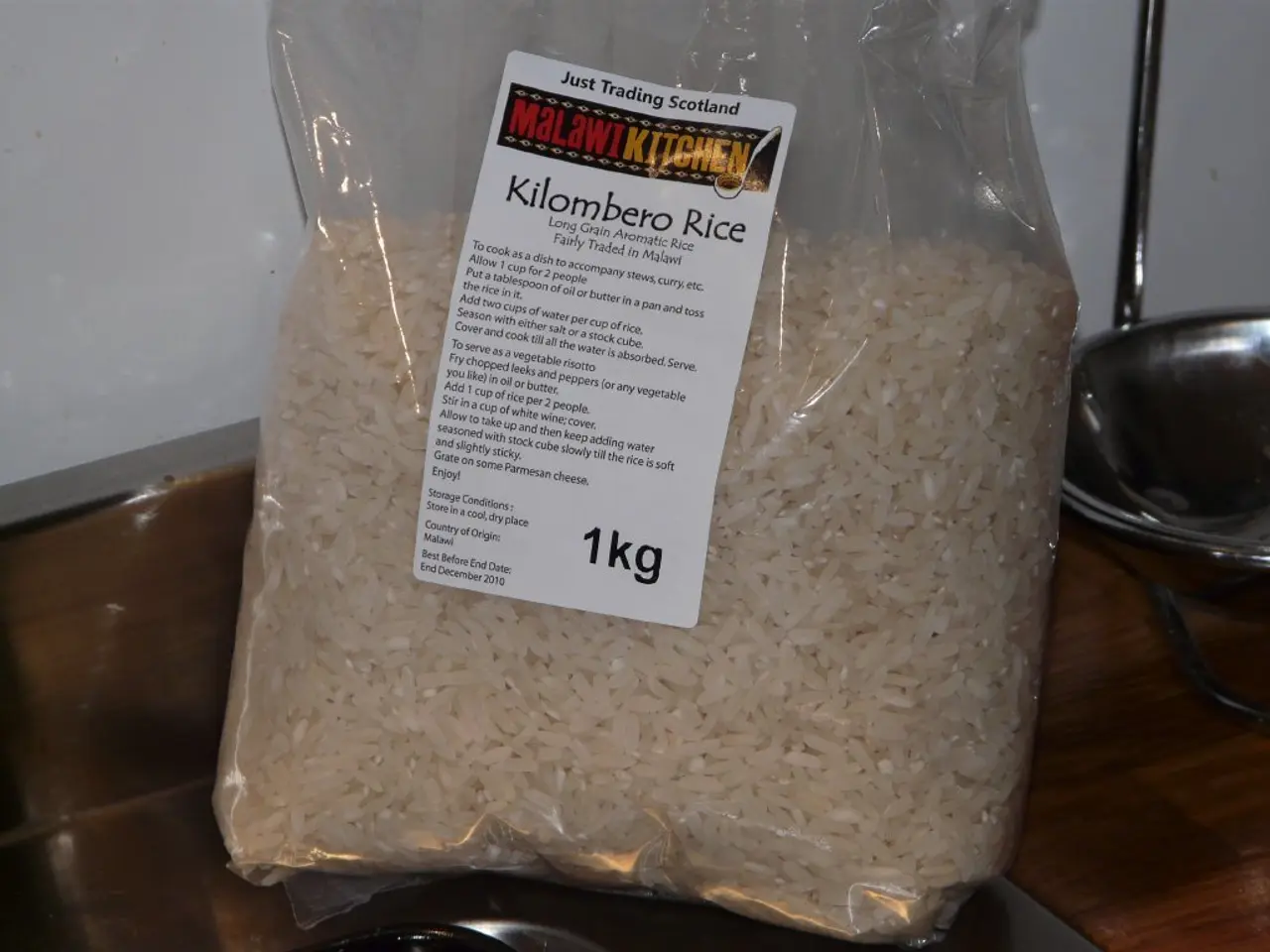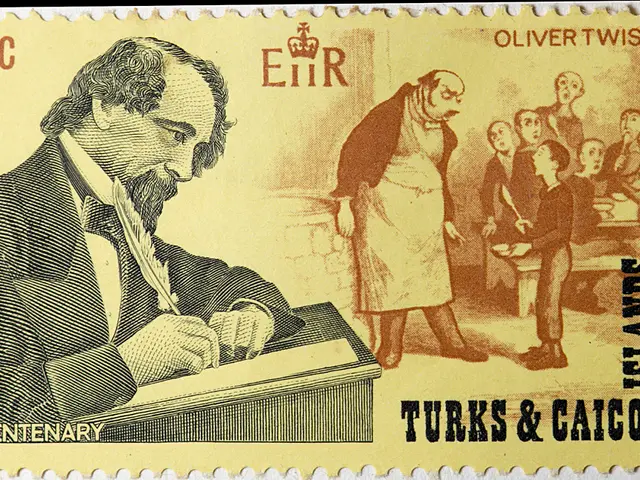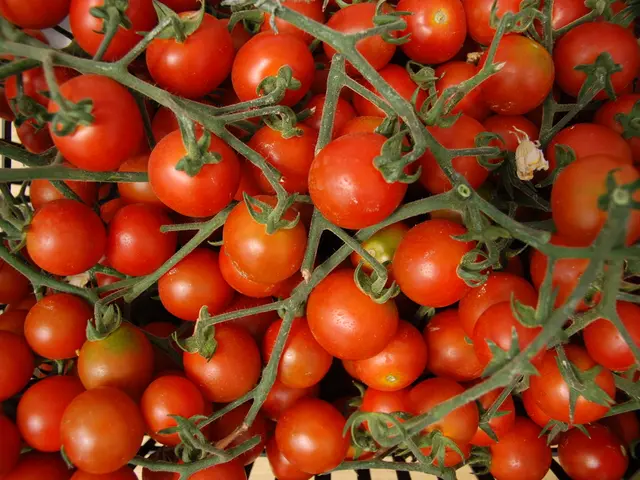Experimenting with Colourful Rice for Tactile Learning Activities
In a simple and cost-effective activity, children can enjoy the sensory experience of playing with colored rice. This engaging activity is perfect for promoting sensory integration, fine motor development, creativity, and cognitive skills.
To prepare the colored rice, uncooked white rice is placed in separate resealable bags (approximately 1 cup per color). Then, 10-15 drops of food coloring and 1 teaspoon of rubbing alcohol or white vinegar are added to each bag. The bags are sealed tightly and shaken until the rice is evenly coated with color. The rice is spread out on paper towels or parchment paper to dry completely, which can take anywhere from 15 minutes to 1-2 hours depending on thickness. Once dry, the colored rice is ready to use in sensory bins with added toys like scoops, pom poms, or small figures for tactile and imaginative play.
Children can be involved in the process to enhance the sensory experience. They can help pour rice into bags, add the drops of food coloring, and even shake the bags themselves to coat the rice evenly. This not only makes the activity more fun but also helps build fine motor skills. After the rice is dry, children can help arrange the sensory bin or even spread the rice out for drying.
For an even more immersive experience, consider incorporating simple related art activities like creating rice art with glue shapes or sorting rice by color. These activities can help boost hand-eye coordination and sensory exploration.
To ensure the best results, use rubbing alcohol or vinegar to help the color set evenly on the rice. Small plastic bins are recommended for play to contain the rice and limit mess. Add themed toys or natural objects (pom poms, scoops, animals) for extended imaginative play. It's important to supervise younger children to ensure safe play, as the dyed rice is not edible.
With its attractive appearance and tactile properties, colored rice is a versatile tool for sensory play. So, why not give it a try and let your child enjoy the fun and educational benefits of this engaging activity?
[1] Source for preparing colored rice: [URL] [3] Source for involving children in the process: [URL] [4] Source for related art activities: [URL] [5] Source for tips and safety precautions: [URL]
Incorporating sensory play into a family's home-and-garden lifestyle, children can join in the creation of colorful rice, enhancing the sensory experience while promoting their creativity and fine motor skills, all within a fun and cost-effective activity. By incorporating this rice into a sensory bin with toys and creating related art activities, the entire home-and-garden environment becomes an engaging, educational play space.




